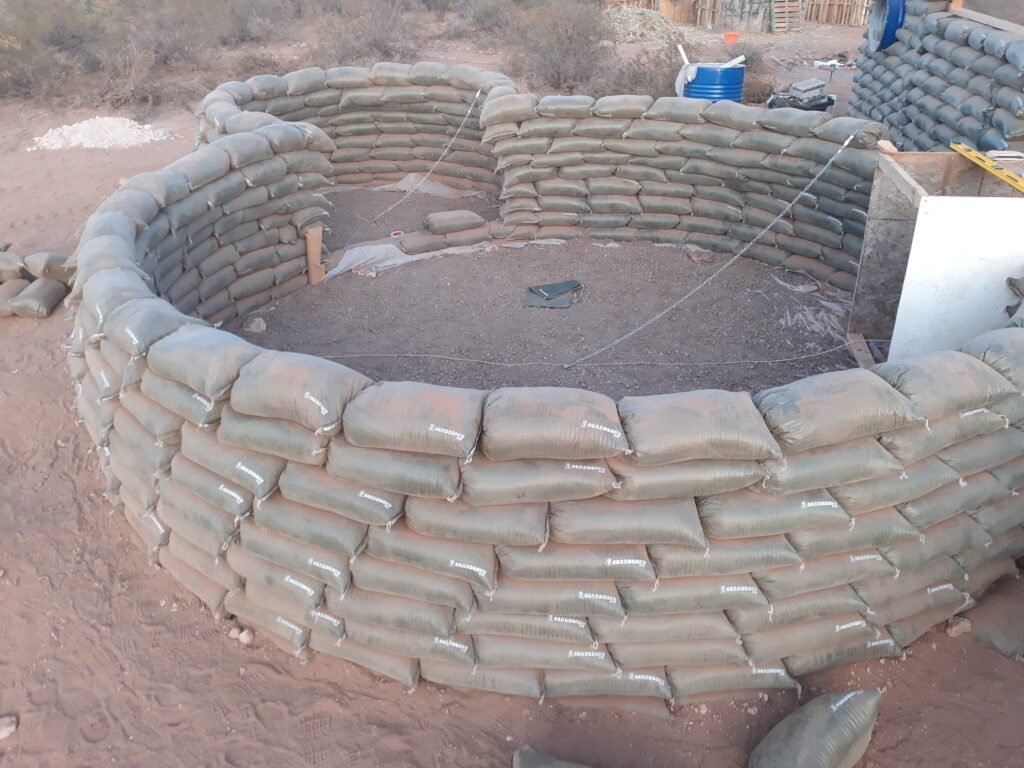
Diverse Options for Off-Grid Living: Tiny Homes, Cabins, and Earthships
Off-grid living has gained considerable popularity, prompting individuals to consider various housing alternatives that promote sustainability and self-sufficiency. Among the numerous options available, tiny homes, cabins, and earthships stand out due to their diverse designs, features, and overall adaptability.
Tiny homes typically range from 100 to 400 square feet and are designed to maximize space while minimizing environmental impact. These compact dwellings often incorporate innovative storage solutions and are equipped with energy-efficient appliances. Their mobility is a significant advantage, as many tiny homes are built on trailers, allowing owners the flexibility to relocate as needed. However, potential challenges include zoning regulations and limited space, which may pose difficulties for families or individuals with extensive belongings.
Cabins, on the other hand, offer a rustic charm and can vary significantly in size and design, depending on personal preferences and ecological considerations. Often constructed from wood, many cabins emphasize natural materials and integrate seamlessly into their surroundings. The remote locations chosen for these dwellings provide a degree of privacy and tranquility. Nevertheless, building a cabin may require a notable investment in construction materials and land acquisition, particularly in areas that prioritize conservation.
Earthships present a unique approach to off-grid housing, utilizing sustainable materials such as tires, adobe, and recycled components. These structures are designed to be self-sufficient, featuring water catchment systems, solar panels, and efficient waste disposal. Earthships often incorporate thermal mass technology, allowing them to maintain a stable interior temperature year-round. However, prospective homeowners may face challenges with installation and maintenance due to the unconventional nature of their design.
Ultimately, the choice between tiny homes, cabins, and earthships depends on individual preferences, lifestyle, and budget constraints. Each option presents distinct advantages, alongside specific challenges that must be taken into account during the decision-making process.
Materials Matter: Comparing Building Materials and Insulation Techniques
When embarking on the journey of constructing off-grid housing, the selection of appropriate building materials is paramount. The choices made can significantly impact the overall durability, environmental footprint, and cost-effectiveness of the residence. Various materials each offer unique attributes suitable for different climates and ecological considerations.
Wood is one of the most traditional materials utilized in off-grid homes. It is renewable and provides excellent insulation properties. When sourced sustainably, timber can serve as an eco-friendly option. However, it requires proper treatment to prevent decay and pest infestations. An alternative to conventional wood is reclaimed wood, which not only reduces deforestation but also adds character to a dwelling.
Straw bale construction has gained popularity due to its high insulation value and sustainability. Straw bales are a byproduct of grain production and therefore represent a low-cost option that encourages waste reduction. When properly maintained, straw bale structures can last for decades, while also providing natural insulation that minimizes heating and cooling costs.
Recycled materials have also emerged as viable building options in off-grid housing. For instance, metal and plastic can be repurposed, offering durable alternatives at reduced costs. Using recycled components diminishes reliance on new materials, thus reducing the environmental impact of building. Each of these materials has its benefits and drawbacks, which should be weighed carefully based on specific project requirements.
Equally important as the choice of materials is the implementation of insulation techniques. Effective insulation is key to maintaining a comfortable indoor climate. Methods such as spray foam insulation, cellulose, or rigid foam boards can enhance energy efficiency significantly. By preventing heat loss in winter and keeping interiors cool in summer, these techniques contribute to an overall reduction in energy needs, aligning perfectly with the off-grid living philosophy.
In conclusion, a thoughtful selection of materials and keen attention to insulation strategies can lead to the successful design of energy-efficient off-grid housing. The interplay of durability, environmental impact, and cost must be assessed to create a balance that meets sustainable living goals.
Designing for the Environment: Climate-Specific Considerations
When it comes to constructing off-grid housing, the local climate plays a pivotal role in influencing design decisions. Different climates, including arid, tropical, and temperate regions, necessitate unique strategies and materials to ensure the home operates efficiently and sustainably. Understanding these regional characteristics is crucial for creating comfortable living spaces that integrate harmoniously with the environment.
In arid climates, where heat and lack of precipitation are prominent challenges, off-grid designs often incorporate elements that facilitate passive solar heating while optimizing water collection. Thick, insulated walls can help maintain comfortable indoor temperatures during the day and night. Furthermore, the use of shaded outdoor areas, such as porches or awnings, minimizes direct sunlight exposure, reducing the need for artificial cooling systems. Employing rainwater harvesting systems is also critical in these regions, ensuring a sustainable water supply for everyday usage.
Conversely, tropical climates present different challenges, such as high humidity and heavy rainfall. In these areas, ventilation is a key consideration, as ensuring the home is properly ventilated helps control humidity levels. Designs often feature elevated structures or underfloor ventilation systems, promoting airflow and preventing moisture buildup. Additionally, the use of lightweight, breathable materials can help regulate indoor temperatures without reliance on electrical cooling methods. Natural shading through vegetation or overhangs is another critical component, protecting homes from intense sun while enhancing outdoor living spaces.
For temperate climates, a mixed approach is often necessary. Homes should provide adequate insulation for winter months while leveraging passive solar design to capitalize on seasonal sunlight. Utilizing thermal mass materials, such as concrete or stone, can store heat during the day and release it at night, optimizing energy efficiency. Furthermore, incorporating strategies like double-glazed windows can enhance insulation, improving comfort throughout the year.
Tools of the Trade: Essential Tools and Maintenance for Off-Grid Homes
Building and maintaining off-grid housing requires a unique set of tools that cater to the challenges and opportunities presented by self-sufficient living. A comprehensive checklist of essential tools begins with basic hand tools, such as hammers, saws, screwdrivers, and pliers, which are indispensable for any construction project. Additionally, a cordless drill can greatly enhance efficiency during assembly and repair tasks.
Power tools also play a significant role, particularly in the construction phase of off-grid homes. A portable generator or solar-powered tools can provide the necessary energy for more demanding equipment, such as circular saws or angle grinders. As many off-grid systems rely on natural resources, a reliable measuring tool, such as a laser level or a tape measure, is essential for ensuring precision in construction.
Maintenance tools are equally critical for the longevity of off-grid homes. Having a comprehensive toolkit that includes wrenches, adjustable pliers, and duct tape can help resolve problems quickly as they arise. Basic plumbing supplies, such as pipe wrenches and sealants, are vital for managing water systems, while electrical tools, including wire strippers and multi-meters, ensure that energy systems function optimally.
In terms of maintenance practices, it is essential to adopt a routine inspection schedule for monitoring energy, water, and waste management systems. Regularly cleaning solar panels, inspecting battery connections, and checking for leaks in plumbing systems can significantly enhance the efficiency of an off-grid dwelling. Additionally, maintaining proper waste disposal systems, such as composting or greywater treatment, helps sustain the environmental benefits of off-grid living. Ultimately, the careful selection of tools and regular maintenance not only contribute to the home’s resilience but also enrich the off-grid living experience.
